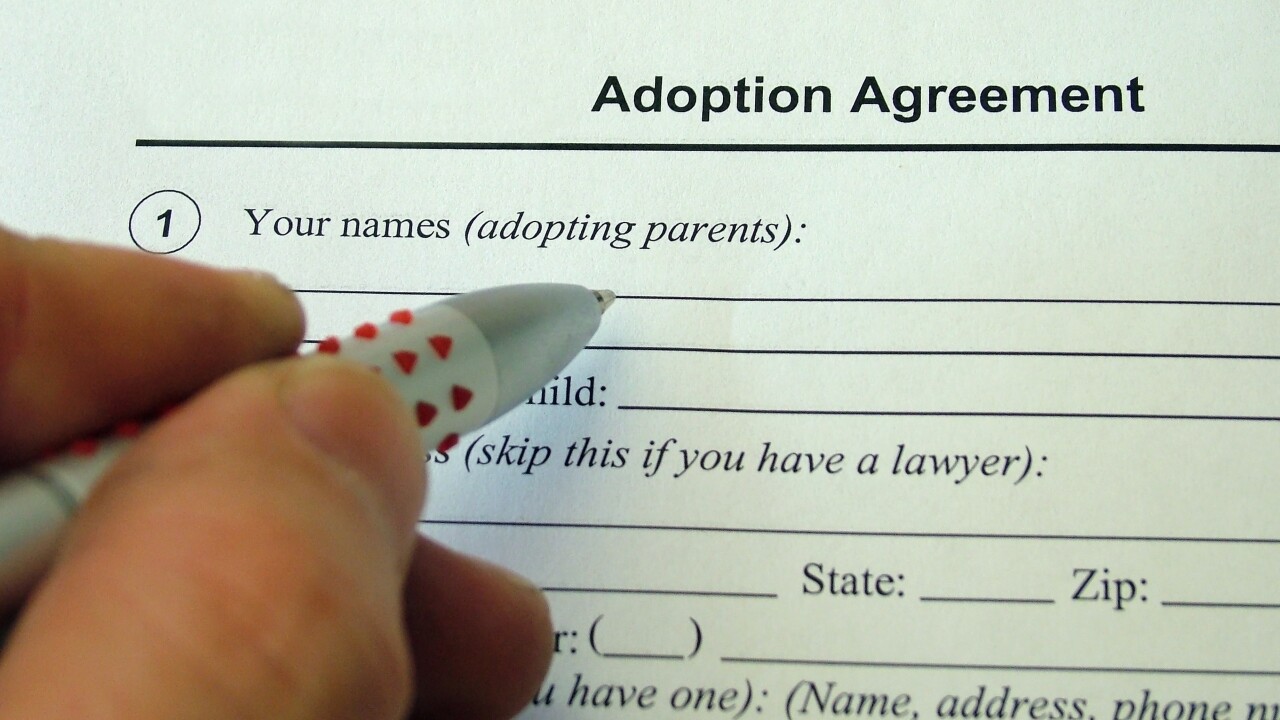Nvoicepay has been building a payment system that can work with accounting and enterprise resource planning technology to automate bill payments.
“We’ve had about $28 billion go through our network in terms of payment volume,” said Nvoicepay CEO Karla Friede during a recent visit to Accounting Today’s offices. “We tend to serve larger and larger enterprises. In ’09, when we started, we looked at the market and we said, ‘There’s nobody in the midmarket. We should start there.’ But we kind of got dragged up to the enterprise.”
The Beaverton, Oregon-based company’s technology aims to automate electronic payments and make it easier for companies to make payments through various means. “We think about it as intelligent payment automation,” said Friede. “Our solution is trying to deliver the experience much more like a consumer experience where you can tell somebody what to pay, and where the payments go. Our customers don’t have to gather information about their suppliers. Nvoicepay collects that information required to pay that supplier. We validate it. We securely store it, and as soon as the customer comes into our network, they can pay all of the suppliers that are in our network. And as soon as a supplier comes into our network, they’re payable by all of the other customers in our network. By doing that, we enable those suppliers on behalf of the customer. The customer doesn’t have to touch any payment data or track any payment information.”

Nvoicepay uses mapping to interface with different types of accounting and ERP systems. “One of the reasons the enterprise has come to us is because enterprises have more complex environments,” said Friede. “They have multiple layers. They may have companies, regions, divisions and headquarters to manage. Or they may just have a lot of locations that they manage individually, that they have to roll up, and they have different approval levels for those areas. They may have different workflows. They may have some with a purchase order in it, some without a purchase order. Nvoicepay has the configurability to map to all that without creating custom code every time you deliver a solution. We map to their variables without forcing them to conform to our solution. That’s one of the big reasons we serve the enterprise so well is the system is so flexible, and it provides what I think accounting people want: control and visibility over payments and then traceability on the back end for reconciliation.”
Instead of trying to integrate separately with each type of outside accounting or ERP system, Nvoicepay uses a mapping engine.
“We are ERP agnostic,” said Friede. “Way back when we started, we did the bank thing, which is saying, ‘Hey, look, we’ll take all your payment information and you just tell us who to pay, as long as you put it in this format.” And what we found is that it’s a project to have to conform to somebody else’s format. You’ve got to get your IT person involved. So what we did is we built a mapping engine and said, ‘You send us whatever you want. We need the name of who you want to pay, their address, their unique number, the invoice number and the amount. If you can give us at least those five things, we’ll pay whoever you want.’ By doing that, we take formats out of any accounting system. We map to that file and then we create a return map that goes back to the accounting system. We have customers across at least a hundred different accounting systems that we serve.”
Nvoicepay includes some security features to safeguard against hacking. “When we built our system, we built it to have a very minimal attack space,” said Friede. “When we onboard a customer, we know who can come in. It’s not a solution where anybody can pay, and not any supplier can come on the network either. It’s not an open network. When customers send us information, they send it to us over encrypted methods. They can do it via API [application programming interface]. They can do it by an automated SFTP [secure file transfer protocol], or they can do it by a manual upload. But in all cases, it’s encrypted. The important part is we don’t expose the information in transit, so the private information, the banking details, other customers and the details of our suppliers are securely stored and locked down in a private cloud that we keep and maintain at RackSpace. The cloud is replicated over three geographic areas, but we don’t expose it. That I think is the best security, not to expose that private information in the process.”
Nvoicepay is considering getting into blockchain technology, but Friede is approaching it cautiously.
“I’ve looked at blockchain,” she said. “I’m especially interested in it for international payments because every country sets their own rules for how they want to send and receive payments, so when you have all these together, you have this chain of hops that the payments have to go through. What I love about the blockchain is that it has the potential to have no middle money man to go from point A to point B. That is a perfect use case for the blockchain, I think, is international payments and a very high pain point for clients. Today it’s not there yet. The footprint isn’t big enough. It’s not fully baked, but my hope is that there will be a blockchain solution that breaks through the whole corresponding banking mess.”





